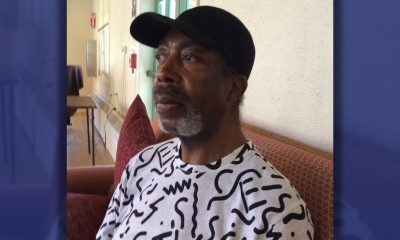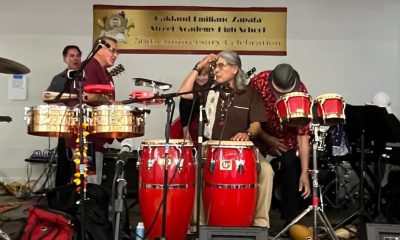Business
Black Women in Tech Share Concerns, Hopes About Artificial Intelligence Industry
A.I. floodgates opened into the mainstream of human consumption late last year with the release of the generative A.I. ChatGPT, which uses natural language procession to create humanlike conversational dialogue for public use. A.I.’s popularity has spearheaded discussions on how chatbots and other A.I. applications like face recognition and A.I. voice generator will impact the workforce, educational systems, entertainment, and individuals’ daily lives.
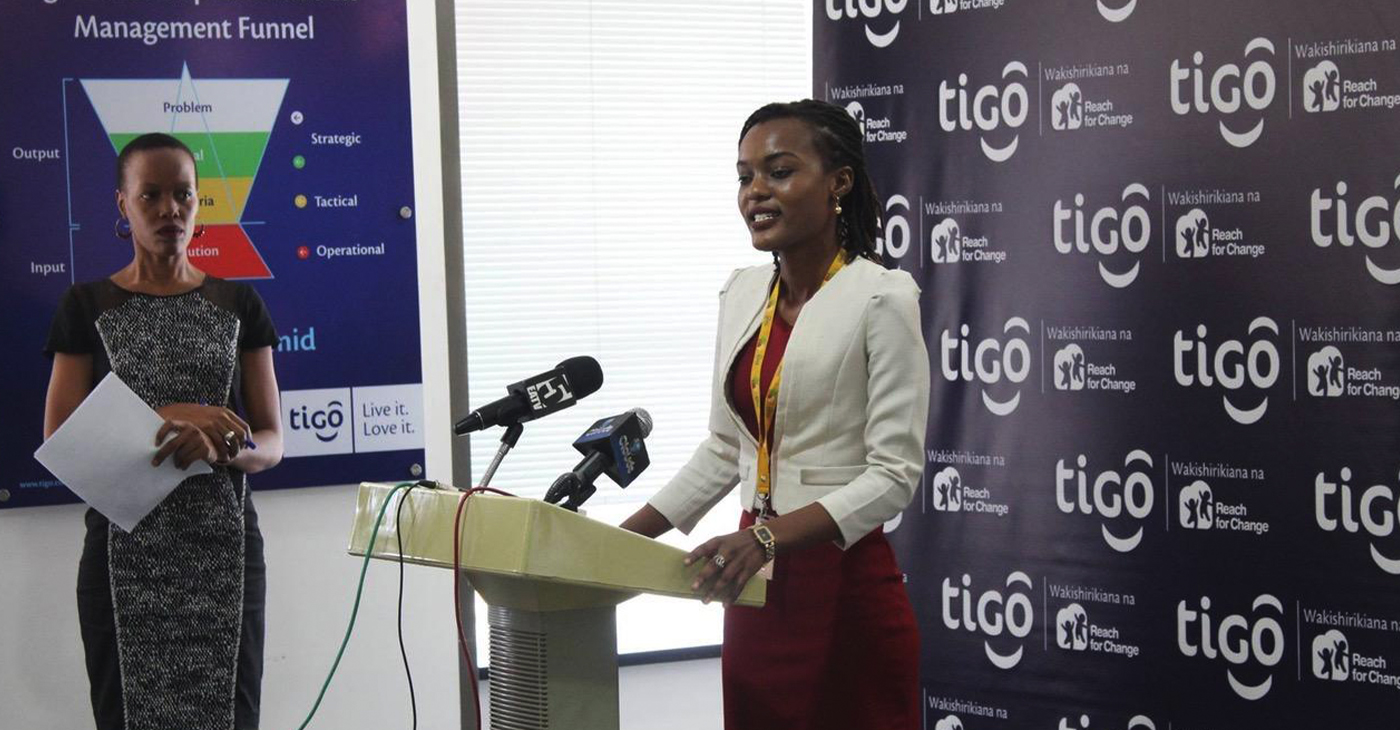
By McKenzie Jackson
California Black Media
Sofia Mbega’s first exposure to technology — more specifically, Artificial Intelligence (A.I.) — happened years before she moved from East Africa to the Golden State.
Mbega was a student at the University of Dodoma in Tanzania, when her mother, Gloria Mawaliza, suggested she take a technology course after learning about computer science from co-workers at the international children’s nonprofit World Vision.
Mbega, a Stockton resident since 2018, said taking courses in software engineering, and receiving a degree in 2015, was previously unheard of in Tanzania.
“We were the first batch of students,” Mbega said of herself and her classmates. “It was a new profession for my country.”
When she learned about A.I. systems, a topic that continues to grab headlines across the U.S. with experts and pundits wrestling with its merits and dangers, Mbega was intrigued.
“I was so excited,” she recalled. “But I did not picture things would be like this. I thought A.I. would only be something to help software engineers.”
The technology has moved well beyond that purpose.
A.I. floodgates opened into the mainstream of human consumption late last year with the release of the generative A.I. ChatGPT, which uses natural language procession to create humanlike conversational dialogue for public use.
A.I.’s popularity has spearheaded discussions on how chatbots and other A.I. applications like face recognition and A.I. voice generator will impact the workforce, educational systems, entertainment, and individuals’ daily lives.
Despite only accounting for a small percentage of the technology sector workforce, Black women like Mbega, a 31-year-old independent data analysis contractor, are constantly assessing the positives and negatives of A.I. and what it is like to work in the industry.
Mbega, a member of Black Women in A.I., a 3-year-old organization that aims to educate and empower Black women, says she is still excited about A.I., but alarm bells are ringing.
If you ask large language model-based chatbots like ChatGPT a question, they will answer. People have used A.I. to do draft emails, compose music, write computer code, and create videos and images.
Mbega worries that bad actors could use A.I. for nefarious reasons.
“Someone can make a video of someone saying a crazy or bad thing and people will believe it,” she said.
Oakland resident Joy Dixon, a software engineering manager at Hazel Health and the founder of Mosaic Presence Inc., is concerned about students becoming too dependent on A.I. to do educational tasks such as write papers and solve problems.
“How much is it really advancing them?” Dixon asked. “Is it doing us a disservice that we won’t see now, but maybe in five to 10 years?”
Her main concern with A.I. though is prejudices present in the technology.
“A.I. is built on models of people, and people have their own biases and challenges,” Dixon said. “Computers aren’t neutral.”
There are documented instances of A.I. image generators producing distorted or stereotypical images of Black people when directed to create an image of a “Black” or “African American” person. The technology has created images depicting Black people with lighter skin tones or non-Black hair.
In July, Bloomberg analyzed more than 5,000 images generated by Stability AI’s Stable Diffusion and revealed that the text-to-image model amplified stereotypes about race and gender. It portrayed individuals with lighter skin tones as having high-paying jobs and people with darker skin tones having occupations such as dishwashers, janitors and housekeepers.
Google disabled it’s A.I. program’s ability to let people search for monkeys and gorillas through its Photos app eight years ago because the algorithm was incorrectly putting Black people in those categories.
A.I. developers have said they are addressing the issue of biases, but Dixon, 53, who has worked in tech since 1997, believes the problem will persist unless more people of color participate in constructing the systems A.I. technology is built upon.
“When car airbags were first released, they killed more women than saved women because nobody tested them on crash dummies that were the size of women,” she said. “There is similar concern about A.I. If you are only building models with a certain subset of the demographic, then you are leaving whole groups out.”
Gov. Gavin Newsom signed an executive order on Sept. 6 to examine the use, development, and risks of A.I. in the state and to shape a process for deployment and evaluation of the technology.
Newsom called A.I. “transformative technology” and noted that the government sees the good and bad of A.I.
“We’re taking a clear-eyed, humble approach to this world-changing technology,” he said.
Dr. Brandeis Marshall, a data scientist and professor at Atlanta’s Spelman College, said Black women in technology have skills equal to or better than their counterparts, so more should be involved in the construction of A.I. systems. However, they do not get the same opportunities.
“I meet plenty of Black women who have all the chops, but they haven’t been promoted,” she said. “You tend to be the only one in the room.
Black Women in A.I. founder, Angle Bush of Houston, said Black women can contribute much to A.I.
“We have had to be innovative,” she said. “If we don’t have something, we figure out a way to create it. There are a lot of ideas that haven’t come to fruition because of lack of access and opportunity. It has nothing to do with our aptitude.”
Mbega believes the technology can be groundbreaking in health care and help identify ailments such as brain cancer.
Marshall said any discussions of A.I. systems taking over the world like in a Hollywood blockbuster are overblown.
“Right now, we get inundated with all the cool things,” she said. “Then, we seem surprised that there are harmful things. Let’s get a 360-degree view before we put all of our chips in one basket.”
Bay Area
Mayor Breed Proposes Waiving City Fees for Night Markets, Block Parties, Farmers’ Markets, Other Outdoor Community Events
Mayor London N. Breed introduced legislation on April 26 to encourage and expand outdoor community events. The first will waive City fees for certain events, making them less costly to produce. The second will simplify the health permitting for special event food vendors through the creation of an annual permit. Both pieces of legislation are part of the Mayor’s broader initiative to bring vibrancy and entertainment to San Francisco’s public right of ways and spaces.

Mayor’s Press Office
Mayor London N. Breed introduced legislation on April 26 to encourage and expand outdoor community events.
The first will waive City fees for certain events, making them less costly to produce. The second will simplify the health permitting for special event food vendors through the creation of an annual permit. Both pieces of legislation are part of the Mayor’s broader initiative to bring vibrancy and entertainment to San Francisco’s public right of ways and spaces.
Outdoor community events are integral to San Francisco’s vibrant culture and sense of community. These events include night markets, neighborhood block parties and farmers markets, and bolster the City’s economy by supporting local businesses and attracting tourists eager to experience San Francisco’s unique charm and food scene.
They offer residents, workers and visitors, opportunities to engage with local artists, musicians, and food vendors while enjoying the San Francisco’s stunning outdoor spaces and commercial corridors.
The legislation will allow for more and new community gatherings and for local food vendors to benefit from the City’s revitalization.
“San Francisco is alive when our streets are filled with festivals, markets, and community events,” said Breed. “As a city we can cut fees and streamline rules so our communities can bring joy and excitement into our streets and help revitalize San Francisco.”
Fee Waiver Legislation
The events that can take advantage of the new fee waivers are those that are free and open to the public, occupy three or fewer city blocks, take place between 8 a.m. and 10 p.m., and have the appropriate permitting from the ISCOTT and the Entertainment Commission.
The applicant must be a San Francisco based non-profit, small business, Community Benefit District, Business Improvement District, or a neighborhood or merchant association. Fees eligible for waiver include any application, permit, and inspection/staffing fees from San Francisco Municipal Transportation Agency, Department of Public Health, Fire Department, Entertainment Commission, and Police Department.
Currently, it can cost roughly anywhere between $500-$10,000 to obtain permits for organized events or fairs, depending on its size and scope. Organizations and businesses are limited to a maximum of 12 events in one calendar year for which they can receive these fee waivers.
Food Vendor Streamlining Legislation
The second piece of legislation introduced will help special event food vendors easily participate in multiple events throughout the year with a new, cost-effective annual food permit. Food vendors who participate in multiple events at multiple locations throughout the year will no longer need to obtain a separate permit for each event. Instead, special event food vendors will be able to apply and pay for a single annual permit all at once.
“Many successful food businesses either begin as pop-up vendors or participate in special events to grow their business,” says Katy Tang, Director of the Office of Small Business. “Giving them the option for an annual special event food permit saves them time and money.”
Currently, food vendors are required to get a Temporary Food Facility (TFF) permit from the Department of Public Health (DPH) in order to participate in a special event, among permits from other departments.
Currently, each special event requires a new permit from DPH ranging from $124-$244, depending on the type of food being prepared and sold. Last year, DPH issued over 1,500 individual TFF permits. With the new annual permit, food vendors selling at more than four to six events each year will benefit from hundreds of dollars in savings and time saved from fewer bureaucratic processes.
“This legislation is a step in the right direction to make it easier for food vendors like me to participate in citywide events,” said Dontaye Ball, owner of Gumbo Social. “It saves on time, money and makes it more effective. It also creates a level of equity.”
Bay Area
Faces Around the Bay: Sidney Carey
Sidney Carey was born in Dallas, Texas. He moved with his family to West Oakland as a baby. His sister is deceased; one brother lives in Oakland. Carey was the Choir Director at Trinity Missionary Baptist Church for 18 years.
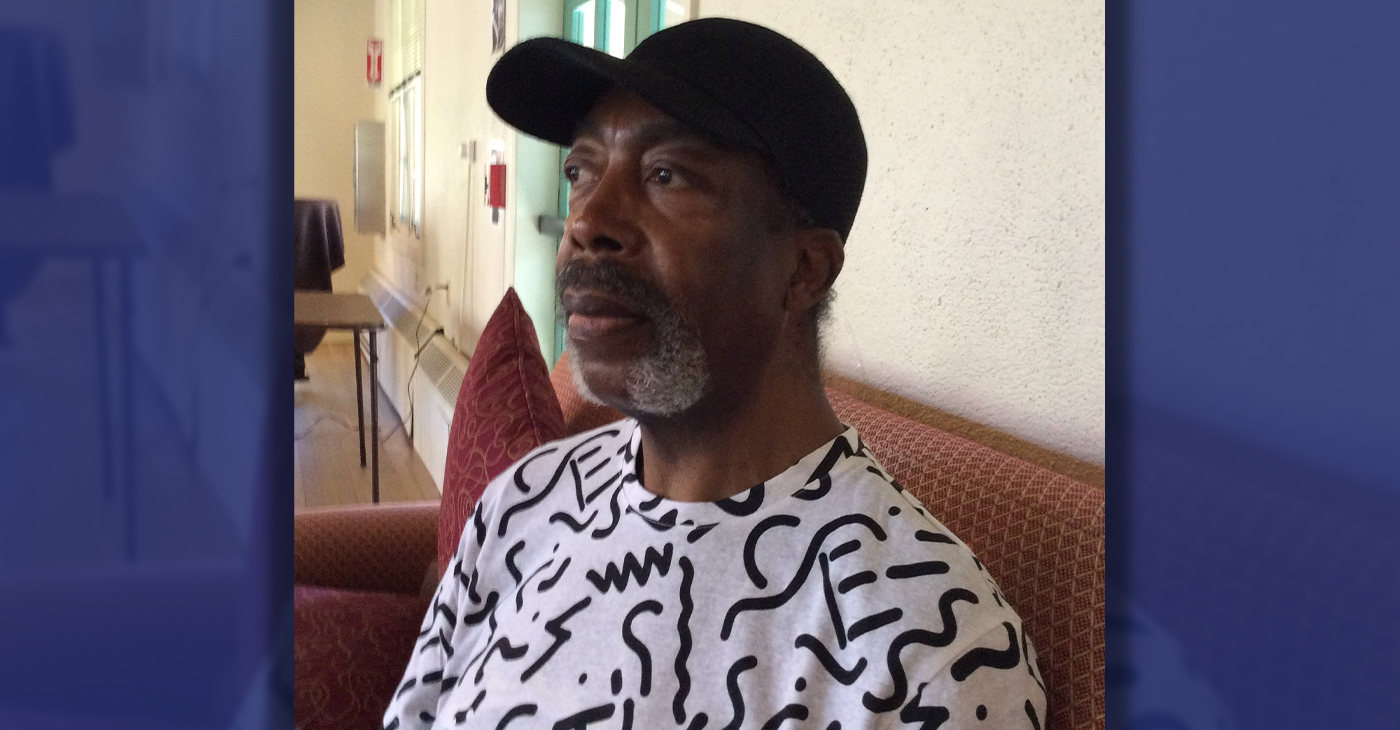
By Barbara Fluhrer
Sidney Carey was born in Dallas, Texas. He moved with his family to West Oakland as a baby. His sister is deceased; one brother lives in Oakland.
Carey was the Choir Director at Trinity Missionary Baptist Church for 18 years.
He graduated from McClymonds High with a scholarship in cosmetology and was the first African American to complete a nine-month course at the first Black Beauty School in Oakland: Charm Beauty College.
He earned his License, and then attended U.C., earning a secondary teaching credential. With his Instructors License, he went on to teach at Laney College, San Mateo College, Skyline and Universal Beauty College in Pinole, among others.
Carey was the first African American hair stylist at Joseph and I. Magnin department store in Oakland and in San Francisco, where he managed the hair stylist department, Shear Heaven.
In 2009, he quit teaching and was diagnosed with Congestive Heart Failure. He was 60 and “too old for a heart transplant”. His doctors at California Pacific Medical Center (CPMC) went to court and fought successfully for his right to receive a transplant. One day, he received a call from CPMC, “Be here in one hour.” He underwent a transplant with a heart from a 25-year- old man in Vienna, Austria
Two years later, Carey resumed teaching at Laney College, finally retiring in 2012.
Now, he’s slowed down and comfortable in a Senior Residence in Berkeley, but still manages to fit his 6/4” frame in his 2002 Toyota and drive to family gatherings in Oakland and San Leandro and an occasional Four Seasons Arts concert.
He does his own shopping and cooking and uses Para Transit to keep constant doctor appointments while keeping up with anti-rejection meds. He often travels with doctors as a model of a successful heart-transplant plant recipient: 14 years.
Carey says, “I’m blessed” and, to the youth, “Don’t give up on your dreams!”
Business
Maximizing Your Bank Branch Experience
In a world of online tools that let you make banking transactions with the touch of a button, the idea of visiting a branch might seem unnecessary. However, if you haven’t visited your local branch recently, you might be surprised by what it has to offer. Your branch is much more than a place to deposit and withdraw money – it can offer the opportunity to build valuable relationships with people who can help you achieve financial independence.
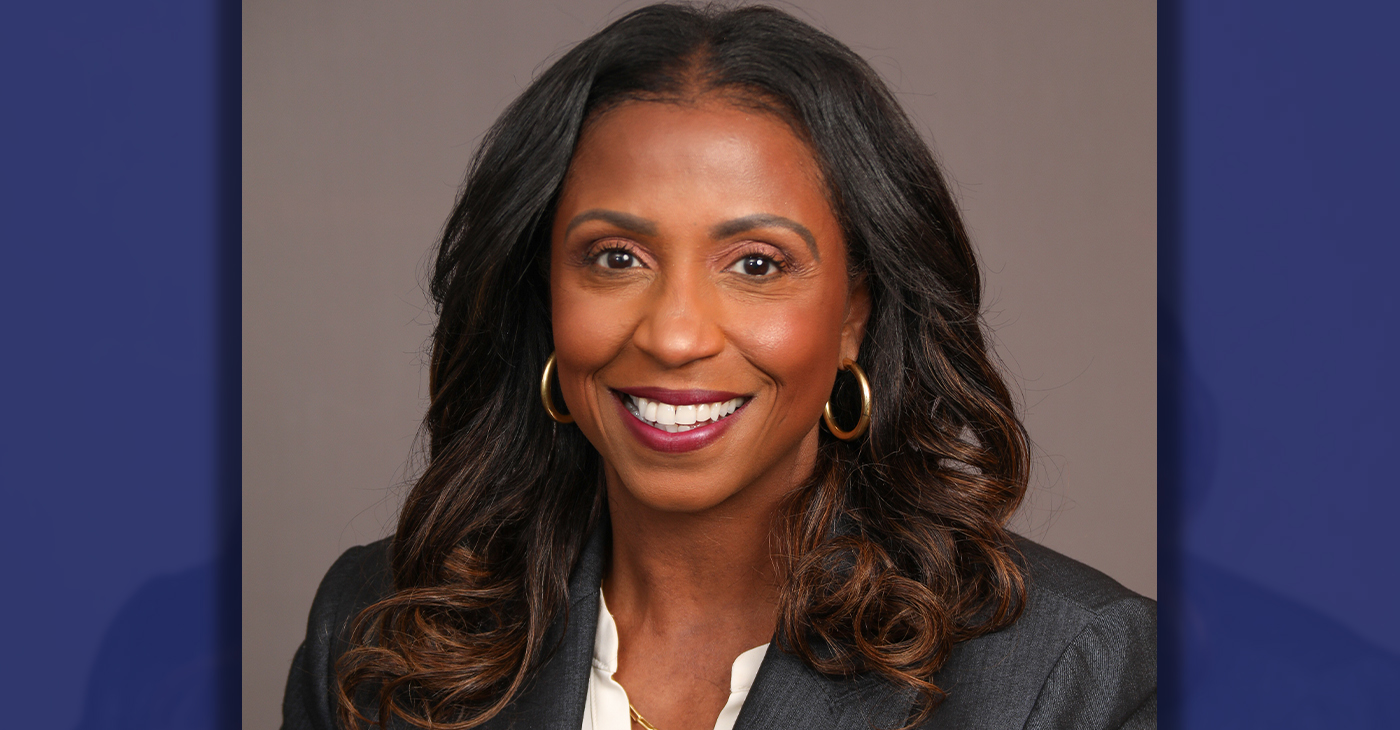
Sponsored by JPMorgan Chase & Co.
In a world of online tools that let you make banking transactions with the touch of a button, the idea of visiting a branch might seem unnecessary.
However, if you haven’t visited your local branch recently, you might be surprised by what it has to offer. Your branch is much more than a place to deposit and withdraw money – it can offer the opportunity to build valuable relationships with people who can help you achieve financial independence.
Diedra Porché, Head of Community and Business Development at Chase, talks about how the bank model has evolved to maximize the branch experience for customers; how connecting with your local branch team can help you think differently about money and investing for your future.
How can a customer feel connected to a bank branch?
I love that question because we ask ourselves the same thing every day. Being part of the community means meeting with local leaders to find out what they need from us and then designing our branches around that. For example, at some of our community branches we have what we call a living room where we can host financial workshops, small business pop-up shops or nonprofit organization meetings. We also hire locally. You feel much more connected talking about financial aspirations with people from your community who went to the same high school, place of worship or maybe frequented the same recreation center down the street when they grew up.
How can I build a relationship with my bank?
Customers should feel comfortable sharing their goals, needs and wants with their banker. Also, it helps to remember the Community Manager is there to help solve your finance challenges and build a roadmap for success. You might have a short-term or long-term goal to open a business, build your credit, become debt-free, buy a home, or save for retirement, and our community team can help. At Chase, we strive to make dreams possible for everyone, everywhere, every day. Your financial future starts with building those relationships.
How can customers change negative perceptions they have about managing their money?
Far too often, customers are intimidated when they visit a bank. Our goal is to demystify banking and money myths empowering people to make the right decisions. For example, a big myth is assuming you need a lot of money to have a bank account. You don’t! Another myth is you need to carry a balance on your credit card to build credit — actively using your credit card can demonstrate that you can use credit responsibly but carrying a balance won’t necessarily improve your credit score. Finally, understanding mobile and online banking safety is key. There are so many safeguards and protections in place to guard your personal information and funds.
What’s an easy step one can take to shift their financial behavior right now?
Cultivating self-awareness is a good first step. Start by taking inventory of your spending. Be honest with yourself about what you need and what you want. Too often, people confuse the two, which leads to bad decisions. Rent is something you need to pay. An extra pair of shoes is something you may want but before you buy them ask yourself if that’s the best use of your hard-earned money. Too often, our beliefs and our fears shape our financial realities. If any of those beliefs are limiting your financial behavior, it’s important to question and examine them, and then decide you’re open to learning something different.
What’s one perception about banking that you’d like to change?
I think folks are surprised there are so many resources available and accessible both at our branches and online, it’s always a good idea to visit a nearby branch and speak to a Community Manager or banker. Outside of what we offer in-branch, our teams also work with local neighborhood partners who provide a variety of services to support the community, businesses and residents. I received a unique piece of feedback from an employee who started with the bank and had lived in the same community his whole life. When he visited his local community branch, he said, “Diedra, when I walked in, I felt dignified.” Every time I recount that story, it warms my heart because that’s what we want — we want our centers to belong to the community.
-

 Community3 weeks ago
Community3 weeks agoFinancial Assistance Bill for Descendants of Enslaved Persons to Help Them Purchase, Own, or Maintain a Home
-

 Business3 weeks ago
Business3 weeks agoV.P. Kamala Harris: Americans With Criminal Records Will Soon Be Eligible for SBA Loans
-

 City Government4 days ago
City Government4 days agoCourt Throws Out Law That Allowed Californians to Build Duplexes, Triplexes and RDUs on Their Properties
-

 Activism4 weeks ago
Activism4 weeks agoOakland Post: Week of April 10 – 16, 2024
-

 Activism2 weeks ago
Activism2 weeks agoOakland Post: Week of April 24 – 30, 2024
-

 Community3 weeks ago
Community3 weeks agoAG Bonta Says Oakland School Leaders Should Comply with State Laws to Avoid ‘Disparate Harm’ When Closing or Merging Schools
-

 Community3 weeks ago
Community3 weeks agoRichmond Nonprofit Helps Ex-Felons Get Back on Their Feet
-

 Community3 weeks ago
Community3 weeks agoOakland WNBA Player to be Inducted Into Hall of Fame





